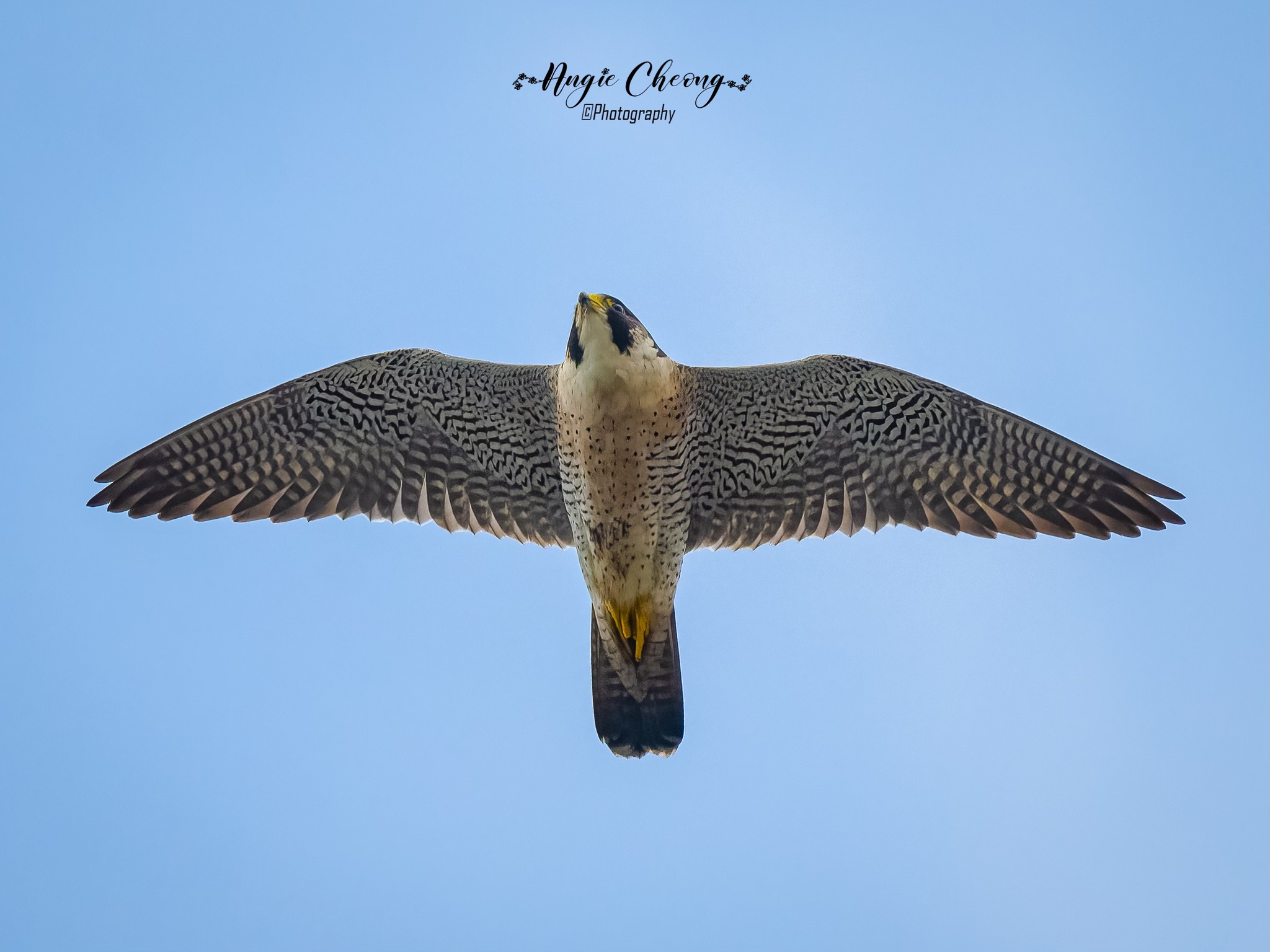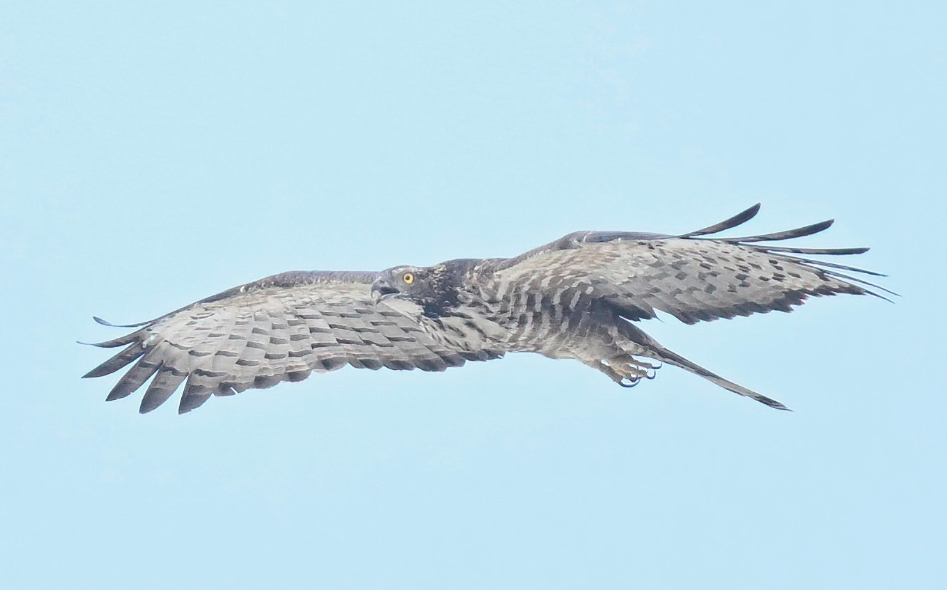By Alan OwYong.

The construction site south of one-north Crescent that occupied part of the Portsdown Swamp has moved out and nature has reclaimed the area turning it into a wetland oasis. It is about half the size of Hempstead Wetlands at Seletar but just as wild.

A tall dead tree and a cluster of palm tree together with the fallen dead branches and hanging vegetation give it a natural look. Aquatic mimosas and reeds line the edges with panicum grasses covering the rest of the surroundings provide the perfect habitat for dragonflies and myriad of insect life, which in turn attract birds and other wild life.

When I first moved in to one-north a decade back, I used to bird here. It was just a small swampy patch fed by a drain from Weyhill Close. I recorded the first and only uncommon Ruddy-breasted Crake here.

The area was very birdy then. The Grey-rumped Treeswifts and the Pied Triller nested on the trees by the roadside. The Malayan Pied Fantails also nest above the small pool of water.

Art Toh, an avid birder, alerted me of a pair of Lesser Whistling Ducks there on the 13th April. This is our first record of this resident duck here. This is a good sign of the potential of this wetland. During my visit there a few days later, three Yellow Bitterns, also new to Wessex and one-north, were quietly waiting for small fishes in the water. Two adult White-breasted Waterhens were teaching its two chicks how to forage. I even managed to flush a Slaty breasted Rail from one side to the other. This wetland is the perfect habitat for these species. Art shared with me that another birder Lua Wai Heng photographed a Common Moorhen here earlier. With this moorhen, Lesser Whistling Ducks, Yellow Bitterns and a White-headed Munia the checklist of birds at Wessex, Portsdown and one-north went up from 106 to 110. I am optimistic that more wetland related species will make their way here in the coming months.

But besides the wetland species, this freshwater habitat also attract other related species like the White-throated and Collared Kingfishers, Blue-throated Bee-eaters and Pacific Swallows that feed on the myriad of insects like dragonflies and aquatic invertebrates


Freshwater habitats in Singapore, big or small are rare and diminishing. So it is such a surprise to find one in the middle of one-north biotech cluster.

I will be spending more time monitoring the birdlife here and hope to see more wetland species and migrants visiting in the later part of the year.





